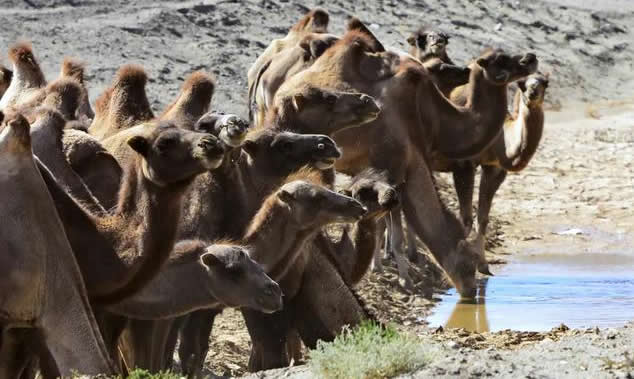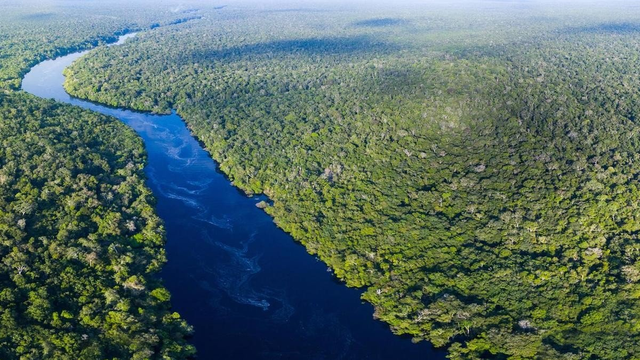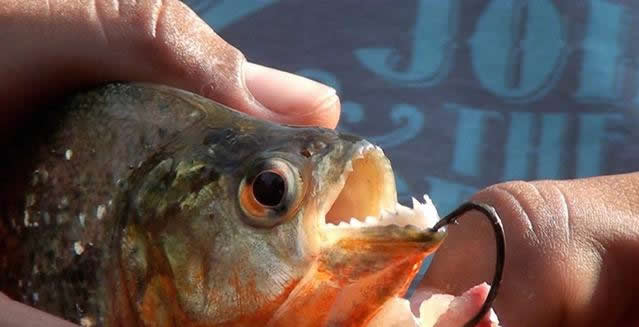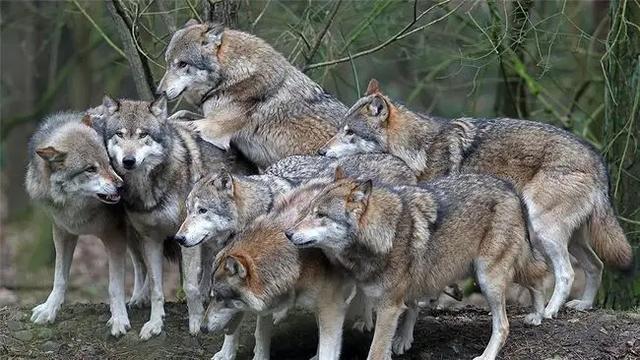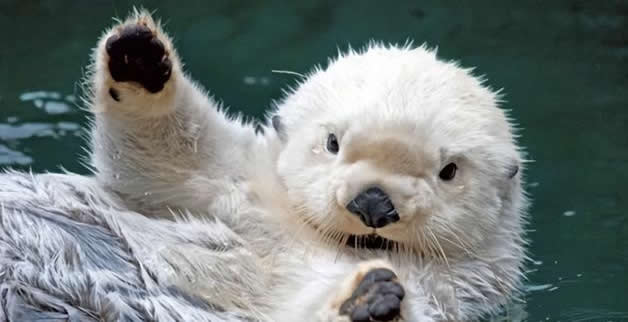If you're in a vast expanse of desert, unless you can find water straight away, you'll be lucky to meet a camel. And it's not just the traditional image of the 'desert boat' that makes this animal so interesting - as a herbivore, they are almost never known to have natural predators in nature.
There are more than two hundred and sixty species of carnivorous animals inhabiting the land alone, including the familiar tigers, leopards and jackals. They are everywhere, and even a five-tonne adult elephant can be prey to be killed.
So what kind of animal is the camel in the desert? And why is it so difficult to find natural predators?
The miraculous desert boat
In the second century bc, liu che, emperor wu of the western han dynasty, had the vision to send his vassal zhang qian on the first journey to the western deserts with the fruits of our civilisation on behalf of all han chinese in the hinterland of the central plains. It was from that time onwards that the camel was recorded in our history books. However, the camels mentioned here refer specifically to bactrian camels.
In the eastern and southern parts of the african continent there are also dromedaries, which are taller and leaner than the former, and carry only a piece of meat on their backs (the hump). To this day, they are indispensable natural guides to the world's deserts, and riding a camel not only saves energy, but also allows you to follow their footsteps to the desert's few water sources.
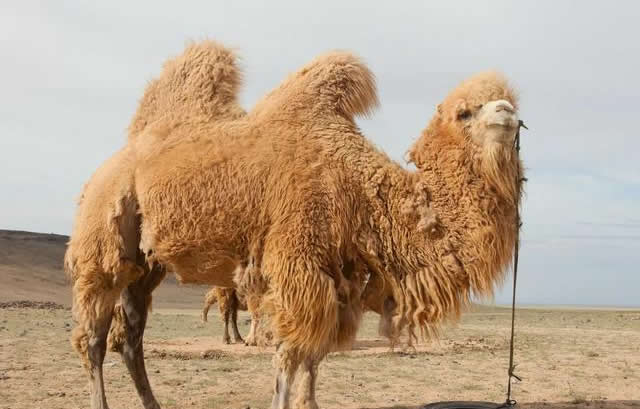
Whether there is one or two humps on their backs, this most prominent feature of the camel's body serves the same purpose, namely to store enough water and other nutrients for their large bodies.
Of course, many people believe that this is directly water, which is not true. Experimental bio-anatomical analysis shows that the camel's hump actually holds fat, which breaks down when needed and provides the right amount of energy. Water is also stored in the camel's body in the stomach like any other animal, except that it has a larger stomach capacity. So while camels are apparently thirst and drought tolerant, in reality this is the result of millions of years of evolution in terms of their body composition.

Why are camels so hard to beat?
This is a question that needs to be analysed from two perspectives: That of the camel itself and that of the natural environment in which it lives.
The first is the nature of the camel, which is large and aggressive. The bactrian camel, the smaller of the two species mentioned above, can grow to over three metres in length and weigh up to 700 kg. I don't know if you've ever seen one of these animals in a zoo, but riding a camel is not the same as riding a horse - some tall people can leap onto a horse with just a stirrup. But with camels, they are nearly as tall as a normal person at the shoulder and anyone wishing to ride one must have an object of sufficient height to lend a hand.
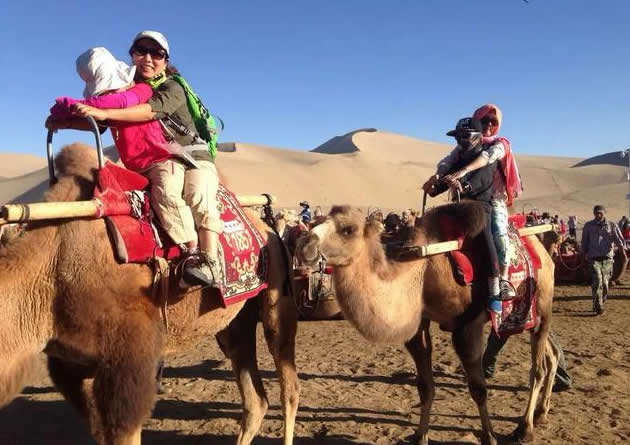
If comparing people is not enough to show the sheer size of a camel, we can also compare it to the largest carnivore on land in china, the northeast tiger. According to biological data, an adult northeast tiger can grow up to three metres in length, which is comparable to a camel. At the same time, however, the height of the tiger is only one metre, which is not even tall enough for a camel's legs. Moreover, the former weighs only two hundred and fifty kilograms, and is unlikely to be able to withstand the force of a camel's stomp.
Even though many people understand camels to be gentle creatures, there is no decisive relationship between this and high levels of aggression. This is the same as with us humans, just because he has a good temperament does not mean that he is incapable of fighting.
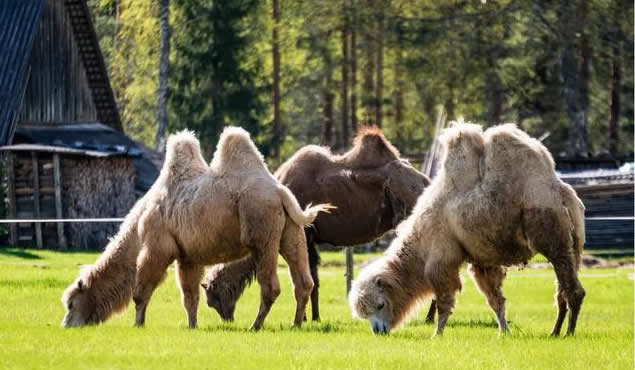
Moreover, people do not always fight in situations where they have to. If a camel is in an emergency situation where their survival is at stake, the animal's survival instincts can bring out unimaginable strength.
However, the survival behaviour of camels in distress is instinctive, as is the hunting behaviour of carnivores. Without food, it would be difficult for them to survive. For this purpose, all animals can be targeted for hunting. Not to mention camels, which are not much larger than the average carnivore, but even elephants and giraffes, which weigh over a ton. In the african savannah, for example, both hyenas and lions choose to mob elephants in packs when they are hungry for food.
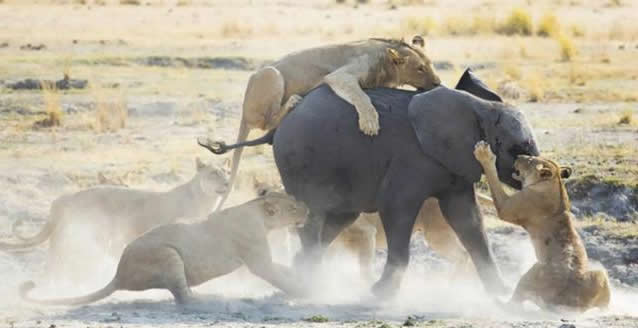
Having said that, every time an attack is launched against a large herbivore, the carnivore on the active side has to be prepared to put its life on the line. So, unless they are faced with a situation where they have to, carnivores will not normally take the risk.
Of course, the elephants and giraffes mentioned earlier live in grassland areas, whereas camels inhabit desert areas. This is the second aspect of our analysis, as carnivores are rarely found in desert areas where natural conditions are very harsh. In alashan, inner mongolia, for example, where we have the highest number of wild camels in the country, there are virtually no animals over a metre in length other than camels and wild asses.
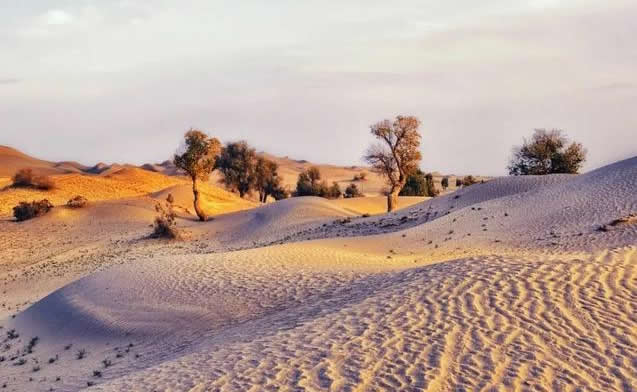
It is important to understand how natural factors affect the habitat of plants and animals. Within an ecosystem, there are generally existing plants, then herbivores and finally carnivores. This is often referred to as the food chain, and although carnivores are at the top of the food chain, they are also the most demanding in terms of survival conditions.
We can explain this in reverse: If there are no carnivores in a certain area, then there may still be herbivores, and even if there are no herbivores, then there are still plants to be found. Also, different animals of different sizes have different needs for their respective food, for example an elephant's daily energy supply is not comparable to that of a rabbit.
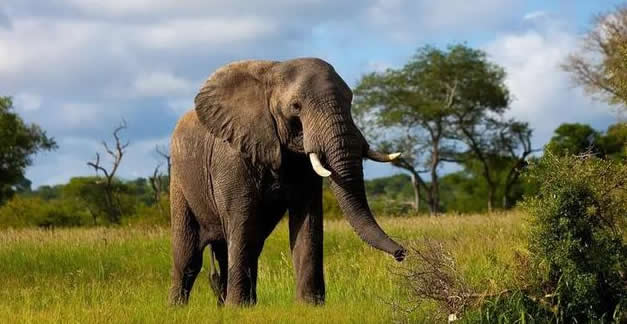
In this way, imagine that a bird can feed a cat but not a cheetah, an antelope can feed a cheetah but not a lion's appetite. So what kind of carnivorous animal can exist at maximum in a place where no animal longer than one metre in length inhabits?
So, theoretically, in areas where camels live in large numbers, they are not really likely to be attacked by ferocious animals. However, there is one carnivorous animal that picks up the slack, adapting to the climatic conditions of the desert zone as well as needing to prey on larger animals to sustain itself: The wild wolf.
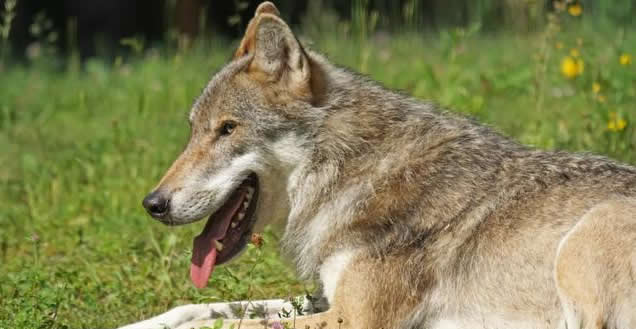
The wild wolf, the camel's natural enemy
The wolf is traditionally portrayed in our country as the opposite of the gentle camel, and more often than not represents viciousness, savagery and evil. There are even many derogatory terms that use the word "Wolf".
In the real world, wolves are indeed cruel and murderous carnivores, sometimes eating their own kind and even children. Moreover, there is nothing gentle about their appearance alone. Unlike the tiger, whose coat is at least a soft warm colour, the grey and yellow wolf has only a cold-blooded face. However, they have one advantage that tigers do not have, and that is a united pack. We always say that wolves in packs are the most powerful when they stick together.

This is the main reason why they can be the natural enemy of camels. If they went out hunting alone, they would have to be kicked in the head by the camels. If they were to go out hunting alone, they would be kicked in the head by the camel. Only together would they be able to pounce on the bigger animals.
Moreover, wolves are not very demanding about the natural conditions of their habitat, and they can settle in even snowy coniferous forests where it is freezing cold. Therefore, even camels deep in the hinterland of the grassland desert cannot escape the hunting range of wolves. In the grasslands of inner mongolia, wolves, which often attack people and livestock, are instead regarded as totems by the locals. It is because of the presence of top predators like wolves that the ecological environment here is balanced and orderly.
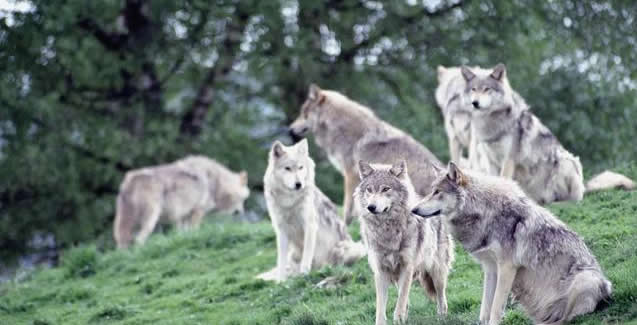
Nature is such that it is impossible to allow the existence of herbivorous animals without natural predators. If this scenario were to come true, the wild camel population would grow wildly and uncontrollably, and the already small amount of vegetation would disappear, which would be the greatest damage to the natural ecology. In this respect, predatory behaviour such as wolves hunting camels and lions hunting elephants, although cruel and bloody, is a daily occurrence on this blue planet.
But when humans ignore the laws of nature and kill wild camels by illegal means for some profit, it is a very different and unforgivable act from the natural predation of the weak. It is human greed that is the most formidable enemy of all wildlife worldwide.

